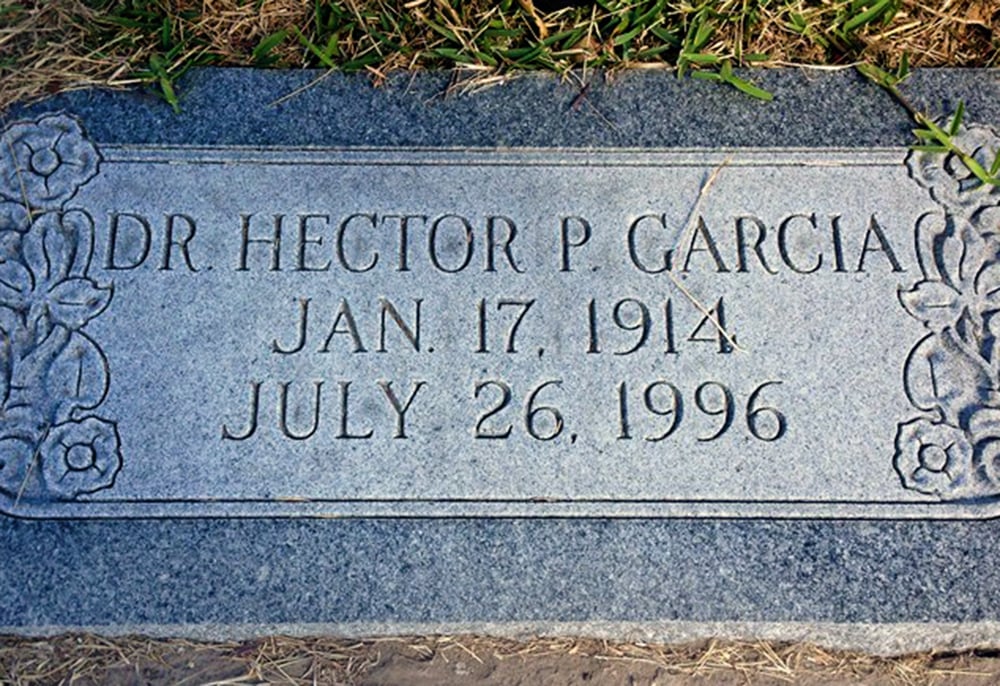Héctor P. García: Advocate for Mexican American Veterans
Dr. Héctor P. García, a WW2 hero and a champion of Mexican American civil rights.
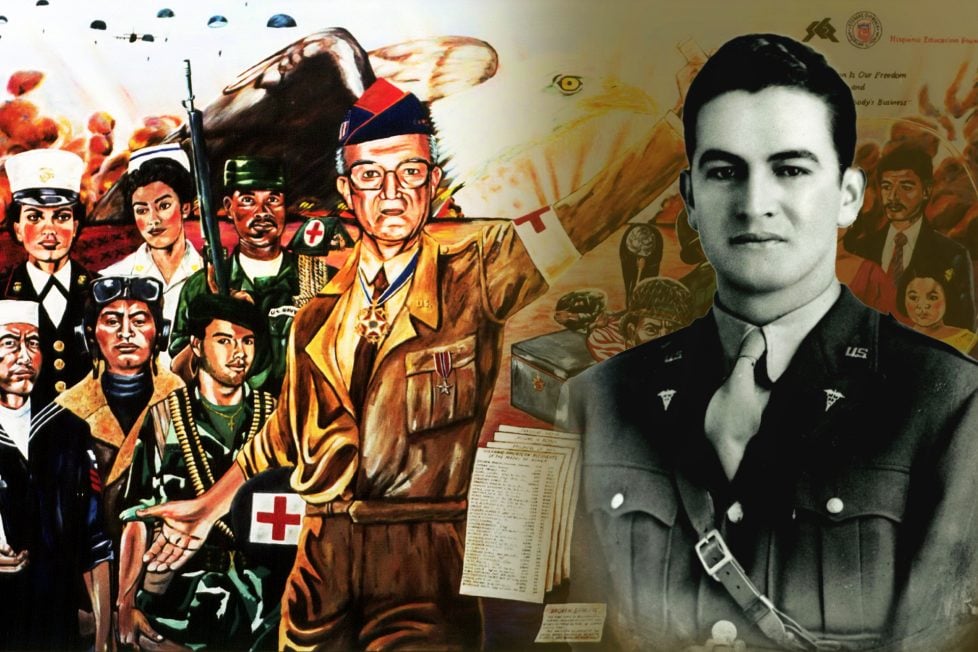
Dr. Héctor P. García, a WW2 hero and a champion of Mexican American civil rights.

Table of Contents
ToggleMany veterans are remembered and honored for their valiant actions on the battlefield, but for Dr. Héctor P. García, his legacy would be forged after his military service. Dr. Héctor P. García, World War II veteran, was a groundbreaking activist who helped form the American GI Forum and worked to ensure that Mexican American veterans were treated with dignity and respect.
Héctor Pérez García was born in Llera, a municipality of Tamaulipas, Mexico, on January 17, 1914. His parents, José García and Faustina Pérez, worked as teachers. Dr. García’s family, like hundreds of thousands of Mexicans, were ultimately forced from their homes due to the instability and violence wrought by the Mexican Revolution (1910 – 1917). They settled in Mercedes, a city near the US-Mexico border.
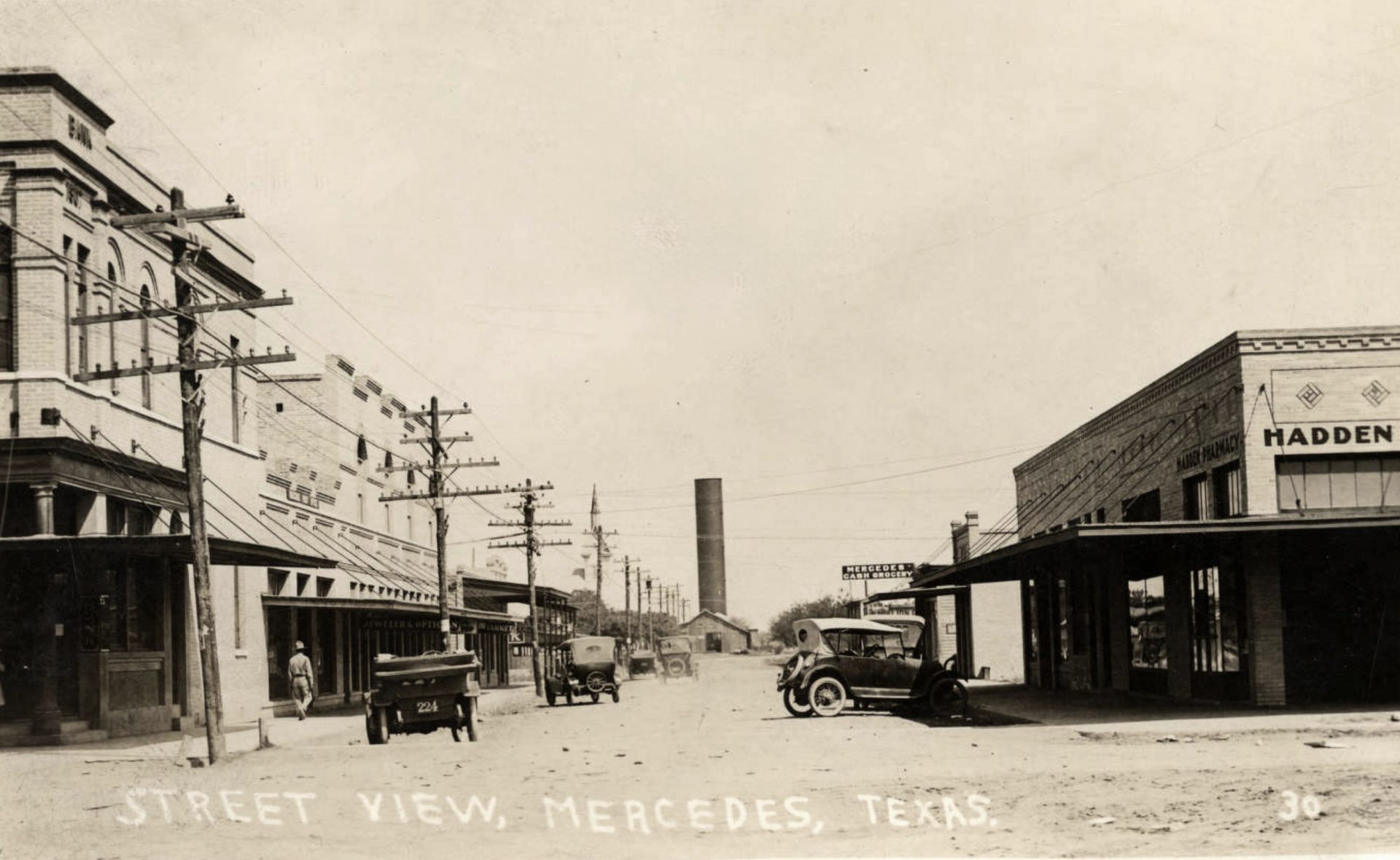
His parents were incredibly dedicated to education, encouraging their children to pursue the highest level of education available. Dr. García graduated from Mercedes High School in 1932. This was an incredible feat for that time, as Mexican Americans faced both legal and social segregationist practices in Texas that barred them from fully accessing the political, educational, and economic opportunities that existed in America. By the time Dr. García graduated from High School, members of the Mexican American community had united to advocate for their rights.
LULAC (the League of United Latin American Citizens) was formed in Corpus Christi, Texas, in 1929. In 1931, LULAC supported the first class action lawsuit in an attempt to shut down segregated schools for Mexican Americans in Salvatierra vs. Del Rio Independent School District. These actions had limited success. Segregated Mexican American schools were the norm in Texas – advocates of the practice of segregating Mexican American students argued that such schools would suit students who spoke Spanish rather than English, despite the reality that many students quickly became proficient in English or spoke English from infancy.
Racist ideologies promoted the belief that Mexican Americans had poor hygiene, making it unsafe for them to study alongside white students, and the belief that Mexican Americans were racially inferior to white Americans and incapable of meeting the same educational standards as white students. Dr. García attended a segregated school, and he would later recall that one of his teachers refused to believe that he could earn an A in their class because he was Mexican.
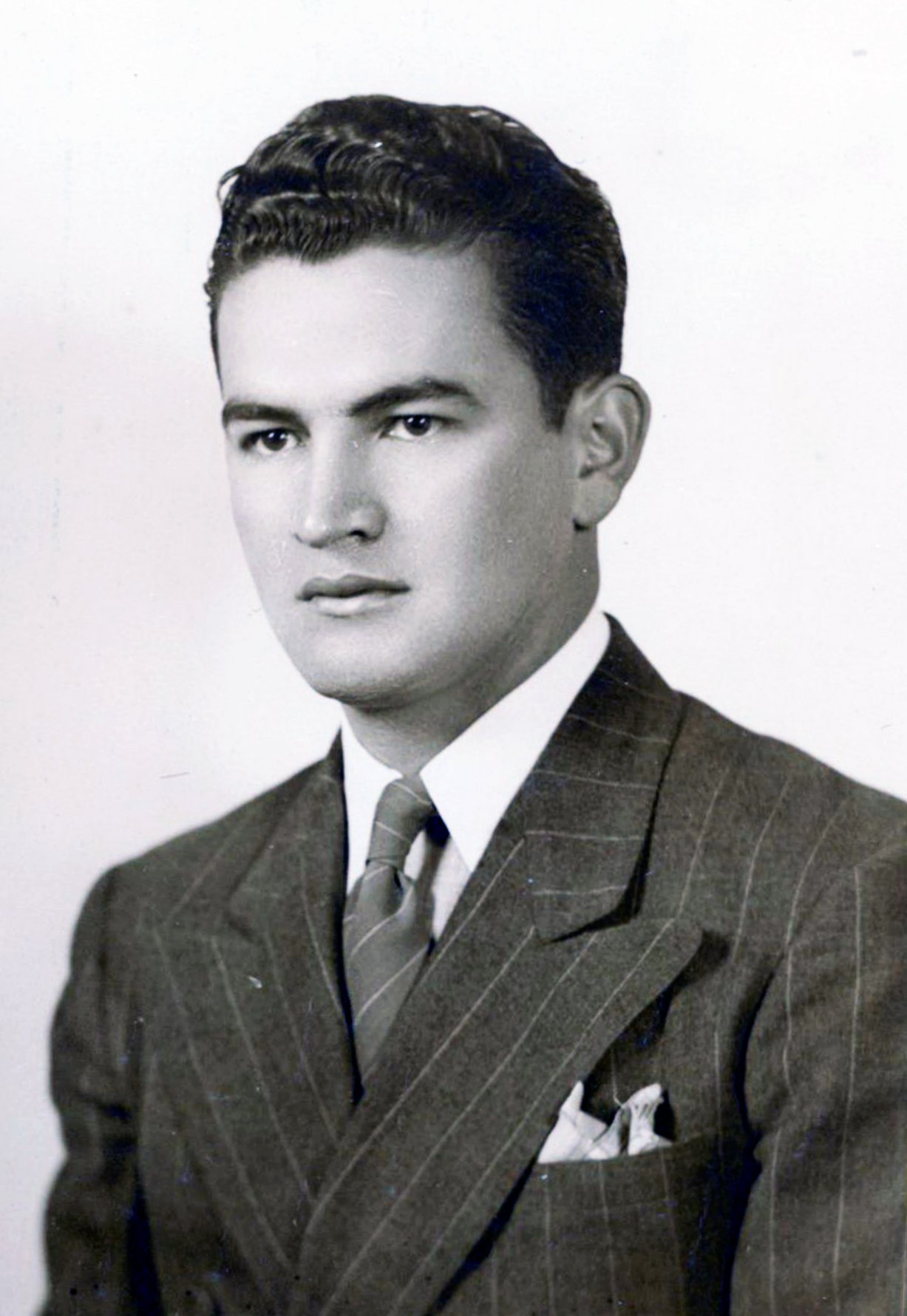
Dr. García’s service in the US Military began at an early age. He joined a Citizen’s Military Training Camp, which was established by the War Department to organize a more robust military training program throughout the country. He studied in the White Course, which prepared male citizens in different arms of the military and prepared them to become specialists and noncommissioned leaders. He earned his Citizen’s Military Training Camp completion certificate in 1932 at Camp Bullis, San Antonio, Texas.
Dr. García and his siblings, José Antonio, Clotilde, Cuitláhuac ‘C.P.’, Xicotencátl, Emelia, and Dalia, were supported by their parents to complete their High School education and pursue college degrees. So great was their dedication that Dr. García’ father would publish a book called ‘Lea y Escriba’ (Read and Write) in 1952 to support early education.
After graduating High School Dr. García attended Edinburg Junior College in Edinburg, Texas, now the University of Texas-Pan American. He commuted to campus from his home in Mercedes, a 30 mile journey completed largely through hitchhiking. He was accepted into the University of Texas at Austin in 1932, where he graduated with a degree in zoology in 1936. He was one of the top students in his graduating class. He then began his studies at the University of Texas Medical Branch in Galveston, Texas, earning his doctorate in medicine in 1940. He would not complete his following surgical internship in Texas. Despite his impressive academic record, he was not accepted into internship programs in Texas, likely due to him being a Mexican American. Instead, he completed his program in 1942 at St. Joseph’s Hospital, Creighton University, Omaha, Nebraska.
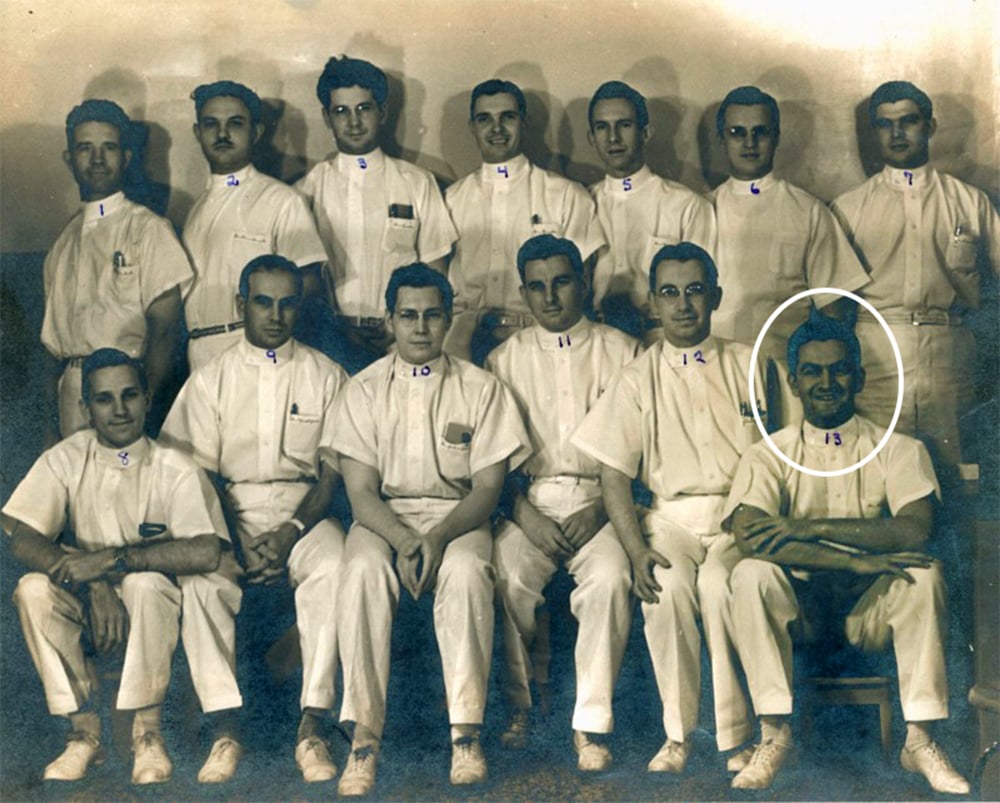
By this time the United States had entered World War II following the attack on Pearl Harbor on December 7, 1941. He entered the military, but was not assigned to be a medic. At the time Dr. García viewed this as an error or oversight, but this was likely a reflection of anti-Mexican American bias. Due to his education and certificate from the Citizen’s Military Training Camp, he was given an Infantry command role, serving as a 1st Lieutenant in the 591st Engineer Boat Regiment by July, 1942. Later that year he would advance to become a Captain, and in 1947 earned the rank of Major.
He was sent to the European Theater, serving in North Africa and Italy, and was later transferred into the Medical Corps as an Army Physician. While serving in Naples, Italy in 1944 he met his wife, Wanda Fusillo, who at the time was working as a secretary for the US Army while earning her doctorate at the University of Naples. She was born on November 15, 1919, in Caserta, Italy. The two were married in June, 1945. While her family encouraged the two to remain in Italy after the war, citing greater opportunities for Dr. García due to less racial discrimination against those of Mexican descent in Europe, Dr. García was adamant about returning to the United States.
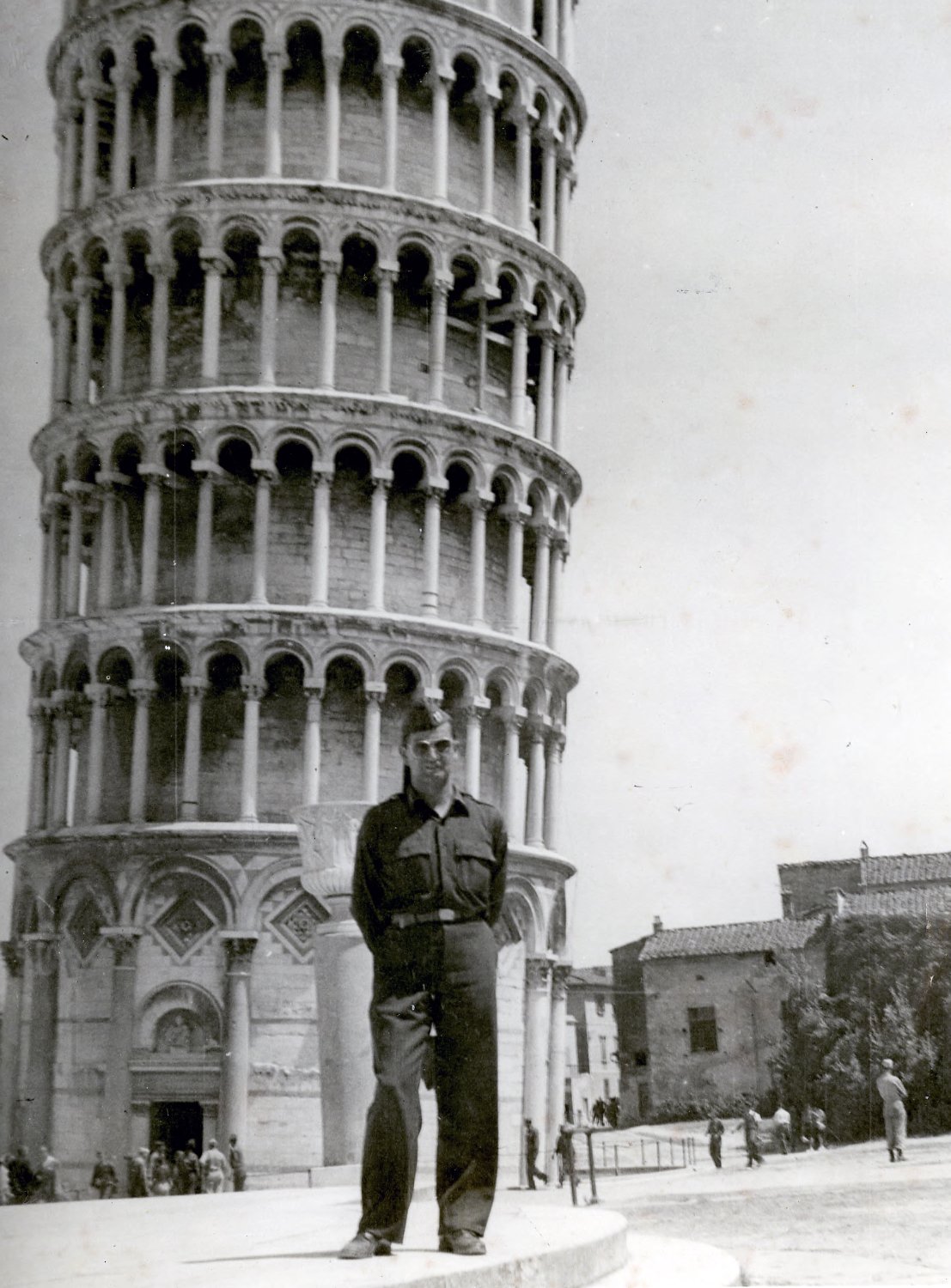
Dr. García opened his medical practice in Corpus Christi in 1946, and that same year was granted a Certificate of Naturalization, making him a full US citizen. He was known for offering medical treatment to those who could not afford it, offering home visits to destitute Mexican Americans in the Corpus Christi area.
Throughout his life Dr. García held to the view that one could become successful in the United States in spite of rampant discrimination, with enough willpower and education, but his perspective changed as he began to realize that some of those he served were military veterans like himself. After the war, the US government offered substantial financial support to veterans through the Readjustment Act of 1944, commonly known as the GI Bill. Veterans could receive financial support for their education and credit to open a business or purchase a home. Unfortunately, these resources were not fully made available to Black and Mexican American veterans.
Dr. García, by then a member of LULAC, was incensed at the injustice his community faced, and set up a meeting on March 25, 1948, for veterans like himself to meet and discuss how to address the issues they faced due to racial discrimination. This grew into regular meetings that became the American GI Forum, which carried the motto “Education is Our Freedom and Freedom should be Everybody’s Business”. The organization quickly spread throughout Mexican Americans communities across the country, and gained a national spotlight during the Felix Longoria affair.
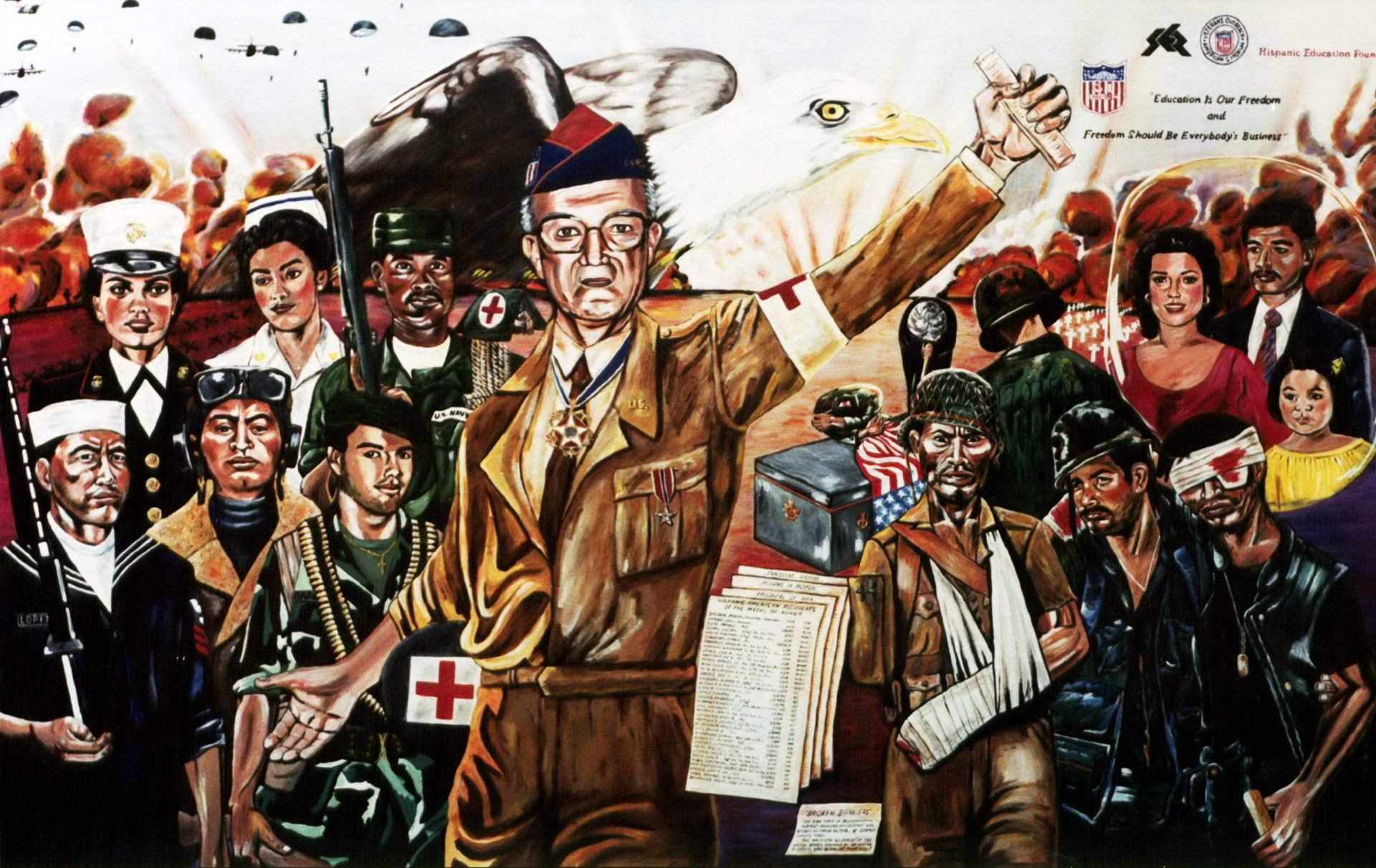
Private Felix Longoria was born in Three Rivers, Texas, on April 16, 1920. He served with the 27th Infantry in the Pacific, where he was killed in action in the Philippines on June 16, 1945. His remains were repatriated to Texas in January 1949. His widow, Beatriz Longoria, contacted the Three Rivers Funeral Home to arrange for a wake for her husband, who would be reburied in the Longoria family cemetery in Three Rivers.
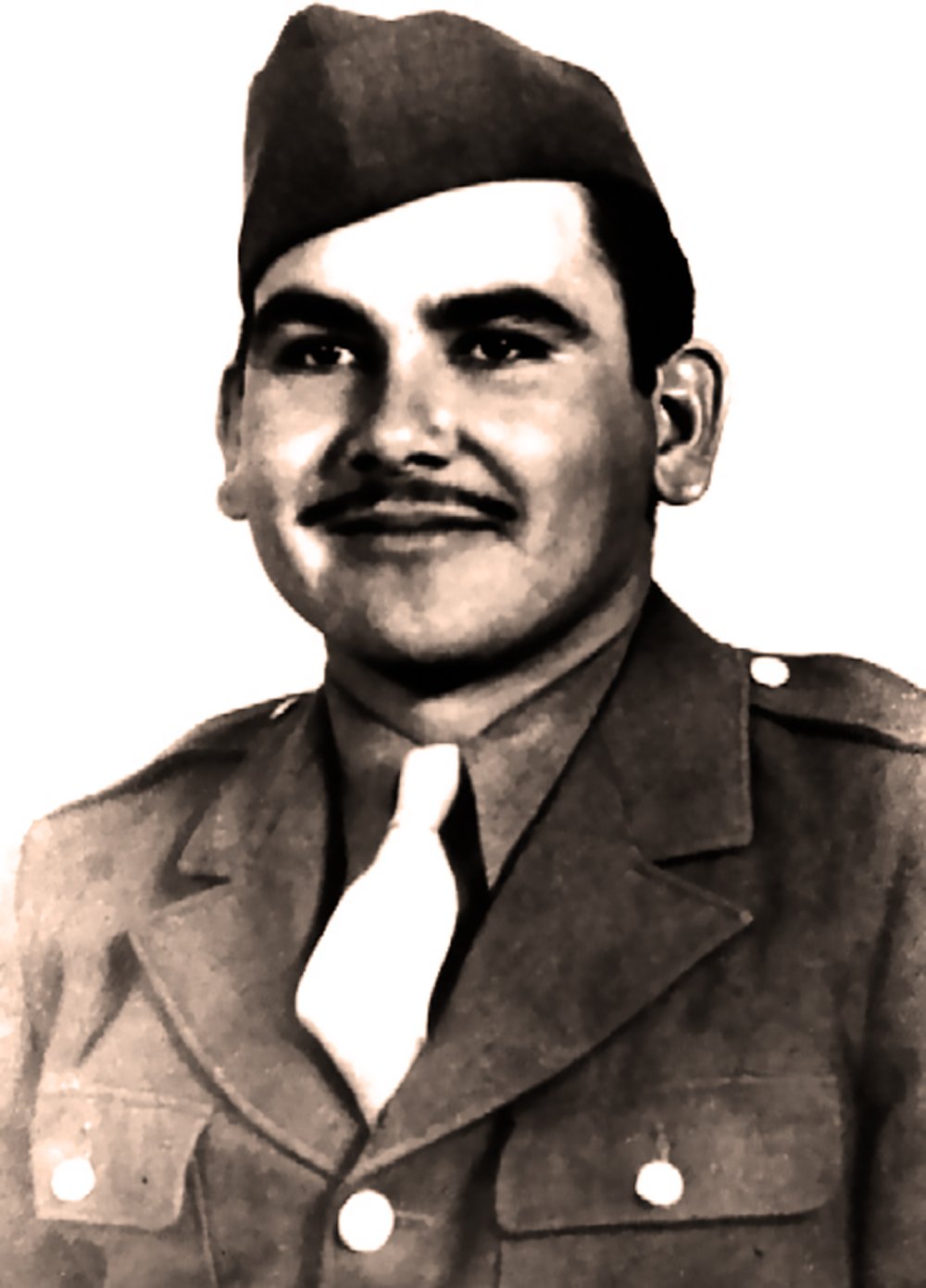
The funeral home refused to host the wake in their chapel, citing concern that “other white people object to the use of the funeral home by people of Mexican origin”. This incident caught the attention of the American GI Forum, and Dr. García wrote an open letter to members of the Legislature, including Senator and future President Lyndon B. Johnson, urging the government to protect the rights of Private Longoria, the rights that he laid down his life for. Johnson interceded in this issue and helped get approval for Longoria to be interred at the Arlington National Cemetery.
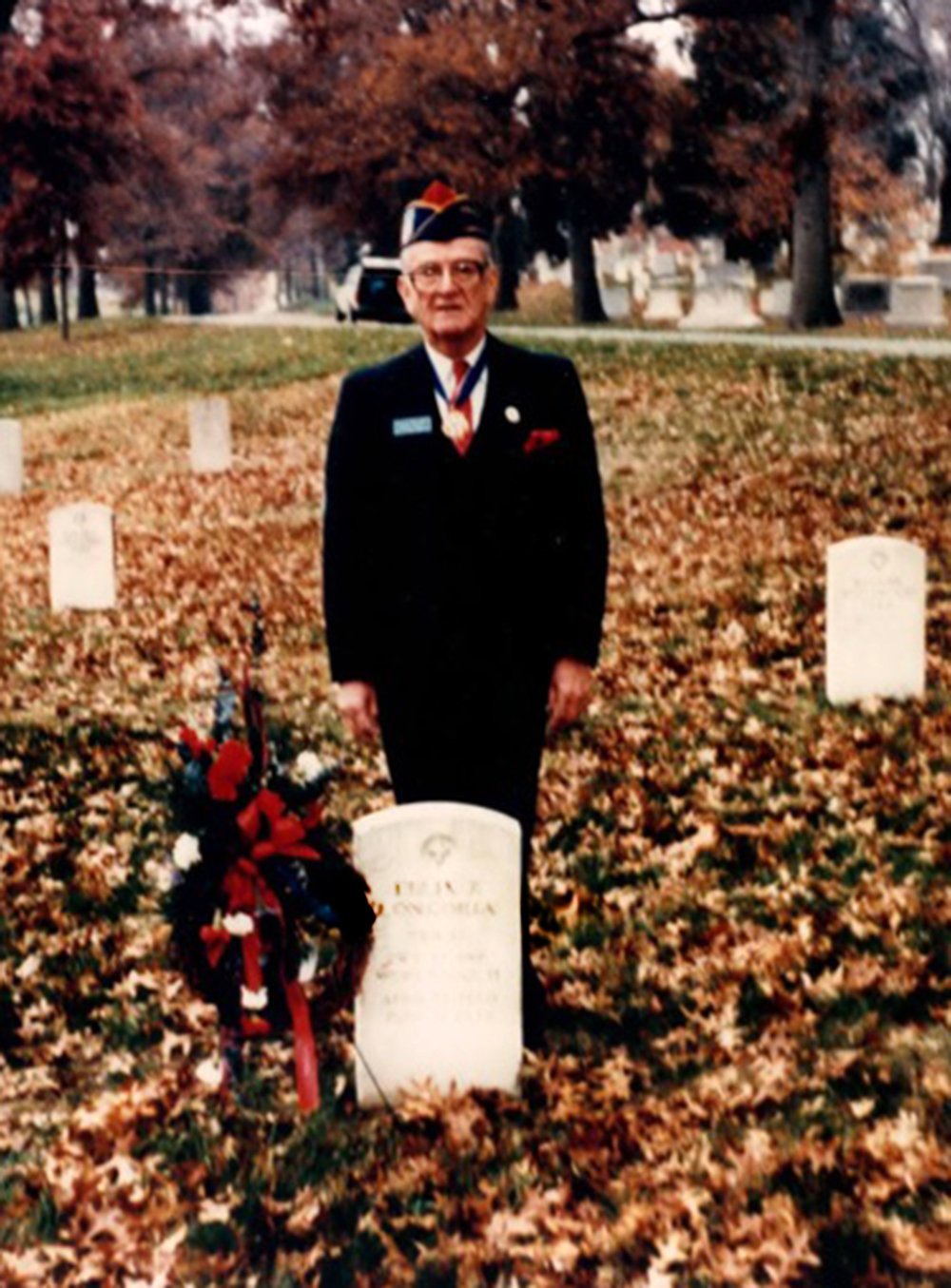
Dr. García and the rest of the American GI Forum were propelled into national events, becoming some of the most important figures in Mexican American Civil Rights cases and movements, for much of the 20th century. In 1954, the American GI Forum and LULAC became plaintiffs in a landmark civil rights case, Hernandez v. Texas, which legally argued that Mexican Americans had experienced systemic exclusion and discrimination in Texas. Thanks to this case, Mexican Americans had more opportunities to advocate for equal protection under the law against discrimination.
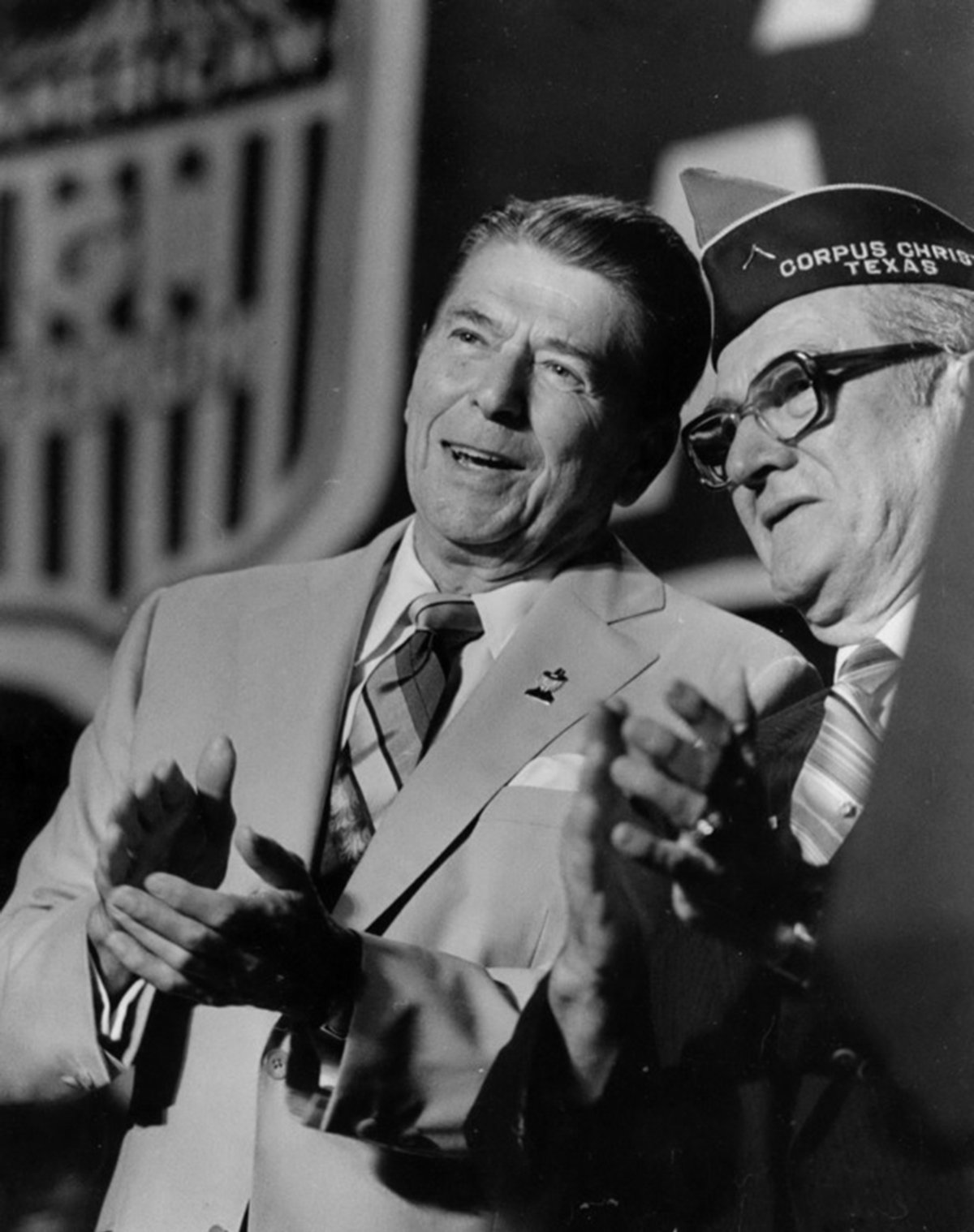
For the rest of his life, Dr. García served as a prominent advocate for the Mexican American community, working to repeal poll taxes, fighting against bills that would harm the community, and working to promote education in Texas. For his work he was given a Presidential Medal of Freedom by President Ronald Reagan in 1984, the Equestrian Order of Pope Gregory the Great by Pope John Paul II in 1984, and a posthumous Aztec Eagle by the Mexican government in 1998. Dr. García died in Corpus Christi on July 26, 1996, and was buried at Seaside Memorial Park. His funeral eulogy was read by President Bill Clinton. His legacy lives on in the American GI Forum, and he is remembered in the Mexican American community for the work that he did to fight for equality.
